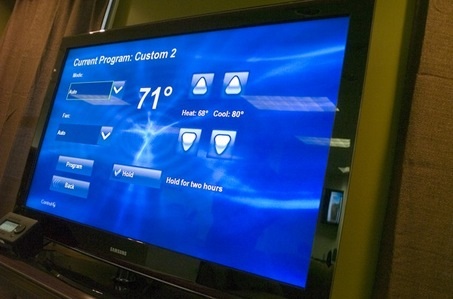Or rather, don’t stand by.
By now you’ve read a bunch of articles about how the ‘standby’ or ‘instant on’ mode wastes energy and costs money. But if you’re like us, you may not have turned this information into a set of buying decisions and habits to save energy. This phantom power consumption chart is perhaps more than you needed to know, but it gets at the underlying reality that up to 10% of the US electrical bill may be wasted on phantom powering our gadget cornucopia.
As the Lawrence Berkely National Laboratory puts it;
Limited research suggests that an informed and aggressive approach can reduce standby use by about 30%. Frankly, there are more productive ways to save energy with an investment of an hour but if high standby energy use stands between you and the goal of a zero energy home, then it’s an hour well spent.
Powering down your computer with a smart power strip which also turns off all the stuff attached to your computer can have a substantial impact. Great idea if you’re the type that turns your computer off.
Shifting from desktop to laptop computers is another idea. Laptops have been built with energy consumption in mind in order to extend battery life. For the first time in history last month laptop sales exceeded desktop sales, so maybe some people are getting with the program.
Obviously appliances need to be redesigned green from the ground up.
There’s no way anyone (myself included) is going to re-set the clock on their Sony Bravia flatscreen TV every time they turn the set on. Try to console yourself with the thought that the Sony’s Energy Star rating implies that it’s phantom power draw is relatively minor. (I’m trying to.)
Even though the blinking 12:00 LED clock mocks us as we retrofit our appliances for a reality their designers never considered, we persevere—saving money and energy in the process.



